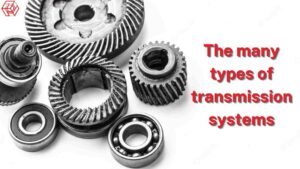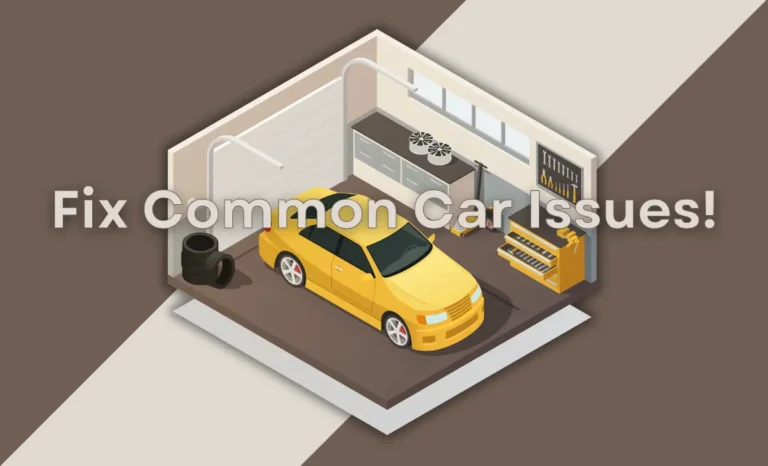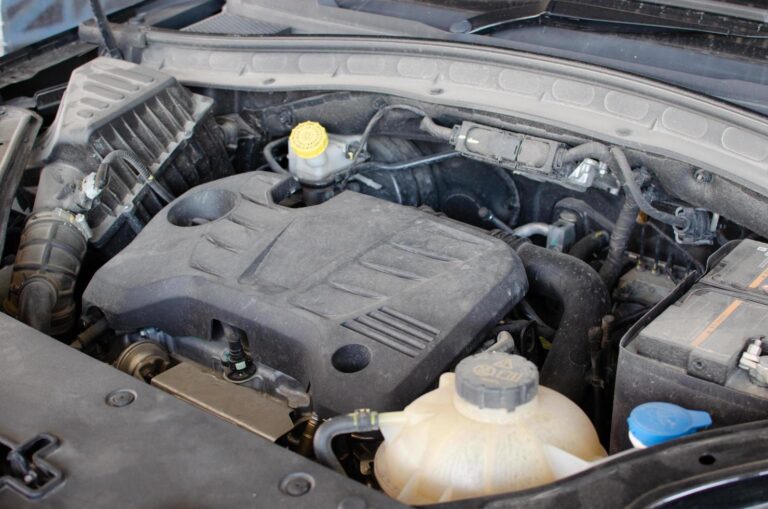Transmissions include the full gear, accelerator, brake, clutch, and wheel system. All the components must work together in order for the automobile to drive from one location to another. Customers can pick from a variety of transmission types available on the market. Manual, Automated Manual, Automatic, Single-speed, Dual-clutch, and constantly variable are some of the options! Let us learn more about how these transmissions function in order to bring back motion.
In this article
In this article
Transmission type: Manual
The driver gets full control over the gear system. When switching gears, a clutch pedal is pressed. The clutch pedal is pressed when the driver needs to shift gears at different speeds. When you let off of the clutch pedal, the engine reconnects to the wheels. In fact, the driver is well in the use of the clutch and accelerate pedals. Nowadays, manual gearboxes are common in entry-level cars.
Transmission type: Automatic
A torque converter replaces the clutch. The fluid within the converter is linked to the transmission, which in turn is linked to the wheels. When you use the brakes, the fluid rotates and idles the engine, bringing the automobile to a stop. When you press the accelerator, the fluid rotates the wheels and the automobile starts moving. Because the fluid is so flexible, the transition for the automobile is incredibly seamless.
Transmission type: Automatic manual transmissions (AMT)
Semi-automatic transmission is another name for an automated manual transmission. It is a cross between an automatic and a manual transmission. This gearbox employs a mechanical clutch. However, the driver does not operate it physically, but rather by the use of sensors, actuators, and pneumatics. However, this kind of transmission is becoming less widespread in the market. At low speeds, the engines of cars equipped with this gearbox type function jerkily. They do, however, get good gas mileage over long distances.
Transmission type: Continuously variable transmission (CVT)
The basic idea of CVT is to be able to give infinite gear ratios in order to optimize fuel efficiency. Transmission electronics are being used to modify gear ratios in order to keep the engine running at peak performance. CVTs also perform well at lower speeds. Experiments have been conducted in order to create CVTs that are comparable to automatic gearboxes in order to eliminate droning noise.
Transmission type: Dual-clutch transmission
A dual-clutch gearbox, or DCT, is a hybrid of manual and automatic transmissions. It employs two shafts with separate clutches for even- and odd-numbered gears. A torque converter is not used in a dual-clutch gearbox. While the automobile is accelerating, the first gear to be picked is pre-selected. The computer then selects the next gear while engaging the first. Its primary benefit is that it enables smooth downshifts. It is classified as a dry transmission since the gearbox fluid does not need to be changed. This gearbox is prone to noise, stalling, and poor throttle response, necessitating regular repair.
Direct Shift Gearbox (DSG) functions similarly to DCT, except that it disengages a clutch that is not in use. The choice of transmission to utilize is totally up to the driver, depending on their driving demands.
Also, read:
Step-by-Step Instructions for Changing a Motorcycle Battery




